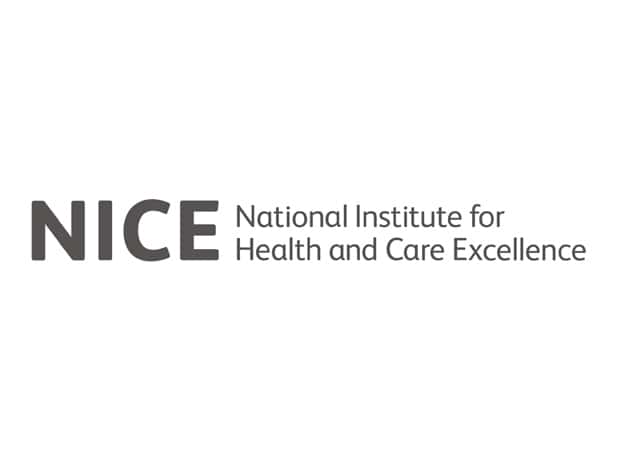The National Institute for Health and Care Excellence (NICE) has recommended the use of Alnylam’s Onpattro (patisiran), after issuing a preliminary ‘no’, back in December 2018.
The treatment is for a progressive, life-threatening disease called hereditary transthyretin-mediated amyloidosis (hATTR amyloidosis), which up until now was an area of significant unmet need in England.
The drug will now provide eligible patients suffering from the disease with a treatment option that addresses its underlying cause by reducing the production of an abnormal protein that damages nerves and organs across the body.
The drug’s journey has been parallel to Ionis’ Tegsedi, as they were both approved in Europe in 2018, but both rejected by NICE later in the year. Tegsedi was then approved by the organisation in early 2019, putting Ionis ahead in the running.
The committee’s new decision to reverse its stance on Onpattro puts the companies back in neck and neck position for hATTR treatment.
Professor Philip Hawkins, head of the National Amyloidosis Centre at the Royal Free Hospital, said that the decision marks an “important step forward in the treatment of a disease that is both life-threatening to patients and devastating to families. Patisiran has shown in its main clinical study that it can halt or even improve potentially debilitating symptoms of this disease in the majority of patients.”
He continued, “This means we now have a real possibility of preserving quality of life for eligible patients for longer than has so far been possible.Gene-silencing is a promising area of medicine and it is heartening to see this science translating into treatments that can potentially help those suffering from serious illnesses like hATTR amyloidosis.”
The disease is caused by abnormal deposition and accumulation of a protein called transthyretin (TTR), and Onpattro works by using RNAi to block the production of the majority of TTR protein before it is made.










